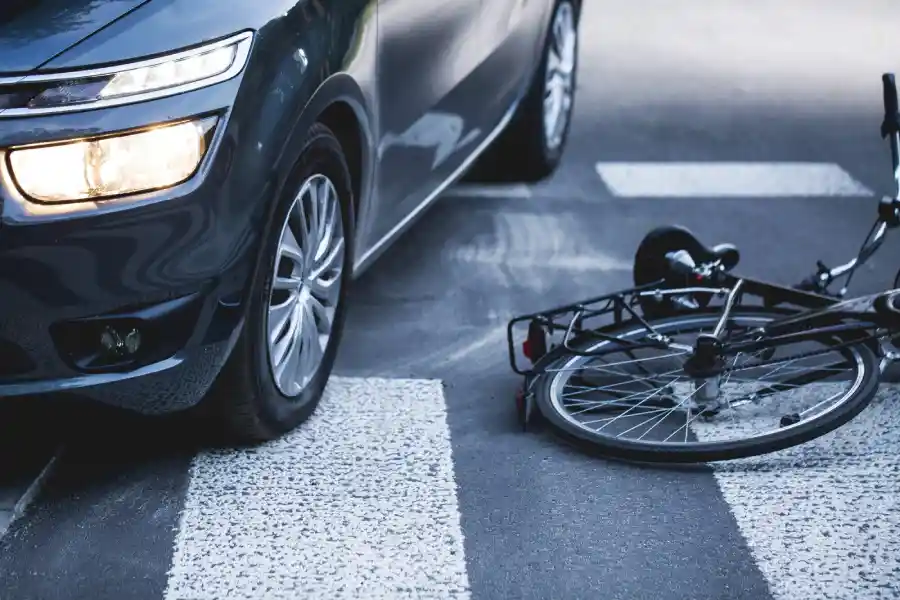In recent years, Uber has faced legal scrutiny from hundreds of women who allege sexual assault or harassment by its drivers. They claim that Uber not only failed to adequately protect them but also shielded the drivers involved.
As of July 2024, over 387 cases have been filed in multidistrict litigation (MDL), according to Consumer Notice. This consolidation of cases underscores the gravity of the situation for both the plaintiffs and Uber. It could lead to significant changes in how the platform addresses rider safety and privacy concerns.
The high stakes involved in these proceedings could drive a reevaluation of Uber’s safety protocols and policies.
The Core Issues: Technology and Safety
At the heart of these legal battles lies a critical question: Has Uber done enough to safeguard its passengers? The plaintiffs argue that despite the introduction of various in-app safety features, the company’s efforts have been insufficient, TorHoerman Law notes.
Uber has implemented measures such as a 911 emergency button, location-sharing capabilities, and even audio recording during trips. However, survivors and their advocates assert that these features are merely stopgaps and that more robust solutions are necessary.
Rachel Abrams, a prominent attorney involved in the multidistrict litigation of the Uber sexual assault lawsuit, argues for the inclusion of mandatory in-vehicle cameras. Citing data from studies on taxis equipped with cameras, Abrams suggests that such measures could significantly reduce instances of assault. She believes cameras deter predatory behavior, making drivers less likely to commit crimes if they know they’re being recorded.
Yet, the debate over in-vehicle cameras is fraught with complexities. Privacy concerns and varying local laws present significant hurdles. Uber has been reluctant to mandate cameras, partly due to concerns that such requirements could dissuade drivers from joining the platform.
While some drivers use their dash cams, these are often used for personal protection rather than as a standard safety measure enforced by Uber.
What is the purpose of a dashcam?
A dashcam is a compact video recording device attached to the dashboard or windshield of a vehicle. It records video footage of the road ahead, and sometimes the interior of the car, while the vehicle is in motion.
The Background Check Dilemma
Beyond technological solutions, the plaintiffs are also challenging Uber’s background check practices. According to TechCrunch, critics argue that Uber’s “fast and shallow” checks, conducted by third-party companies like Checkr and Appriss, are inadequate.
There are calls for more rigorous screening processes, including fingerprinting, which would involve checking FBI databases. Uber’s resistance to these additional requirements raises questions about the company’s commitment to thorough vetting.
Uber opposes stricter background checks, citing concerns about fingerprinting accuracy and potential discrimination against minorities. Uber, in defense, highlighted its 2018 rollout of continuous background checks. This technology flags new criminal offenses and has already led to the removal of over 80,000 drivers from its platform. The company argues that this system is sufficient and that additional measures are unnecessary.
Evaluating the Effectiveness of Safety Features
Uber’s safety reports from 2017-2020 provide mixed signals. In the latest reports, the company reports a 38% decrease in reported sexual assaults. However, this figure is affected by a significant drop in trips during the pandemic. Specifically, during the pandemic, Uber’s total number of US trips fell to 2.1 billion, down from 2.3 billion. The average daily trips also decreased from 3.1 million to 2.8 million.
Furthermore, the data shows an increase in certain incidents, such as nonconsensual kissing and rape. This raises concerns about the overall effectiveness of the app’s safety features.
Survivors have reported that in-app safety tools often fall short in critical moments. For instance, they may be unable to access their phone during an assault, rendering the safety features ineffective. Abrams, who has interviewed thousands of survivors, notes that these technological solutions have not significantly reduced the incidence of attacks.
The Path Forward: Legal and Technological Reform
The consolidation of cases into federal court marks a crucial shift in the legal landscape. Judge Charles Breyer will manage the pretrial hearings, which could simplify the process for many cases.
Bloomberg Law recently reported that Uber failed to convince the judge to grant a 60-day delay on the lawsuits. This was while an appeals court reviewed the decision to centralize the cases in San Francisco. This development could establish important precedents for how ride-hailing companies manage safety issues and navigate legal disputes.
In the meantime, Uber continues to advocate for its existing safety measures while facing pressure to adopt more comprehensive solutions. The debate over in-vehicle cameras, enhanced background checks, and other safety measures will likely continue as both sides present their arguments in court.
What are three key in-app safety features of Uber?
- SOS Button: The SOS button allows users to quickly alert emergency services and Uber’s safety team in case of an emergency.
- Trip Sharing: Trip sharing lets riders share their real-time trip details with trusted contacts for added security.
- RideCheck: RideCheck monitors trips for unusual activity and sends alerts if it detects anomalies, ensuring rider and driver safety.
What happens when I activate the SOS button in the Uber app?
When you press the SOS button, Uber will immediately notify emergency services with your location details. The app will also alert Uber’s safety team, who can provide additional support and track your trip. In some regions, the app may also send an emergency alert to pre-selected contacts.
Overall, the legal battles against Uber highlight a broader issue of how technology intersects with personal safety. As the company manages these challenges, the outcomes of these lawsuits may prompt significant changes in how ride-hailing platforms ensure passenger safety.
The integration of more effective technological solutions, coupled with rigorous background checks and driver training, could pave the way for a safer ride-hail experience.



